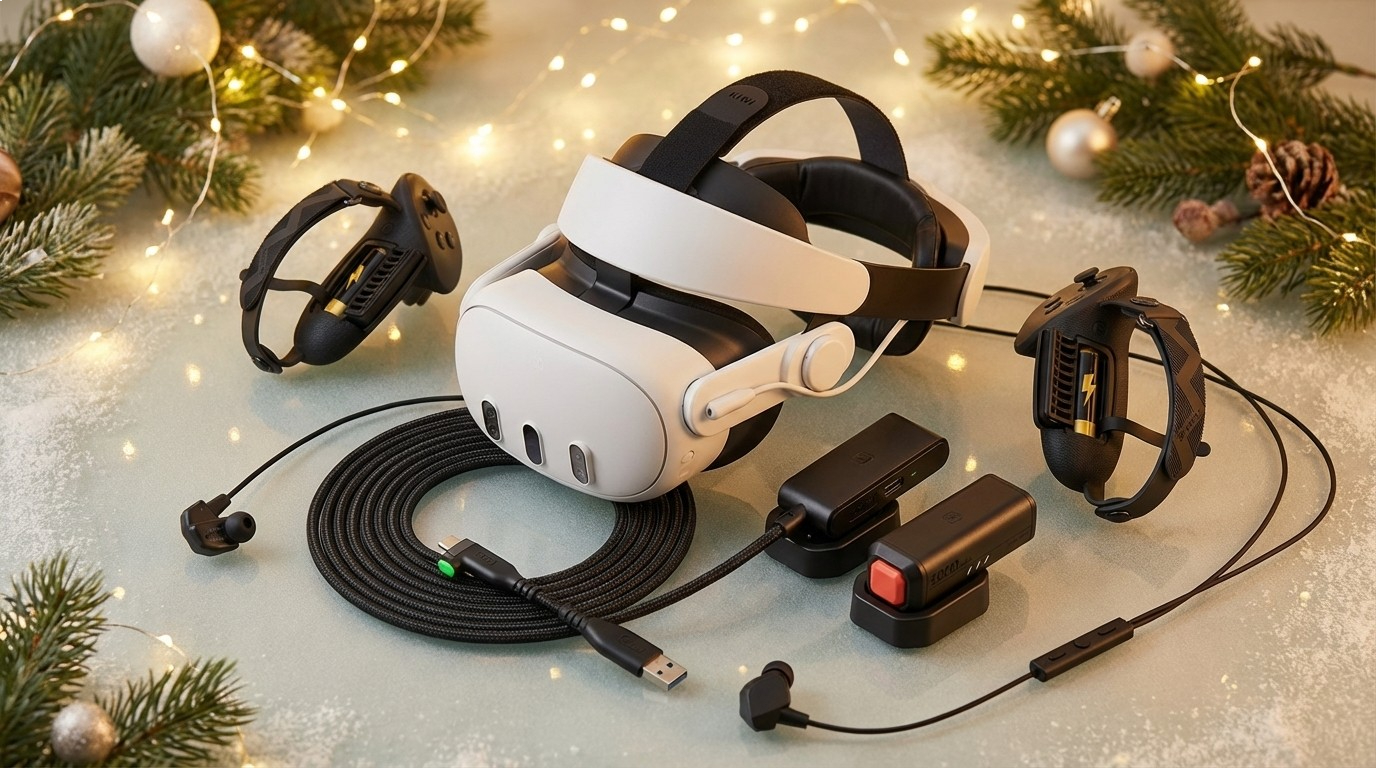Google Pixel 7 — 5 reasons to buy and 3 reasons to skip
Consider this when trying to decide if the Pixel 7 is right for you
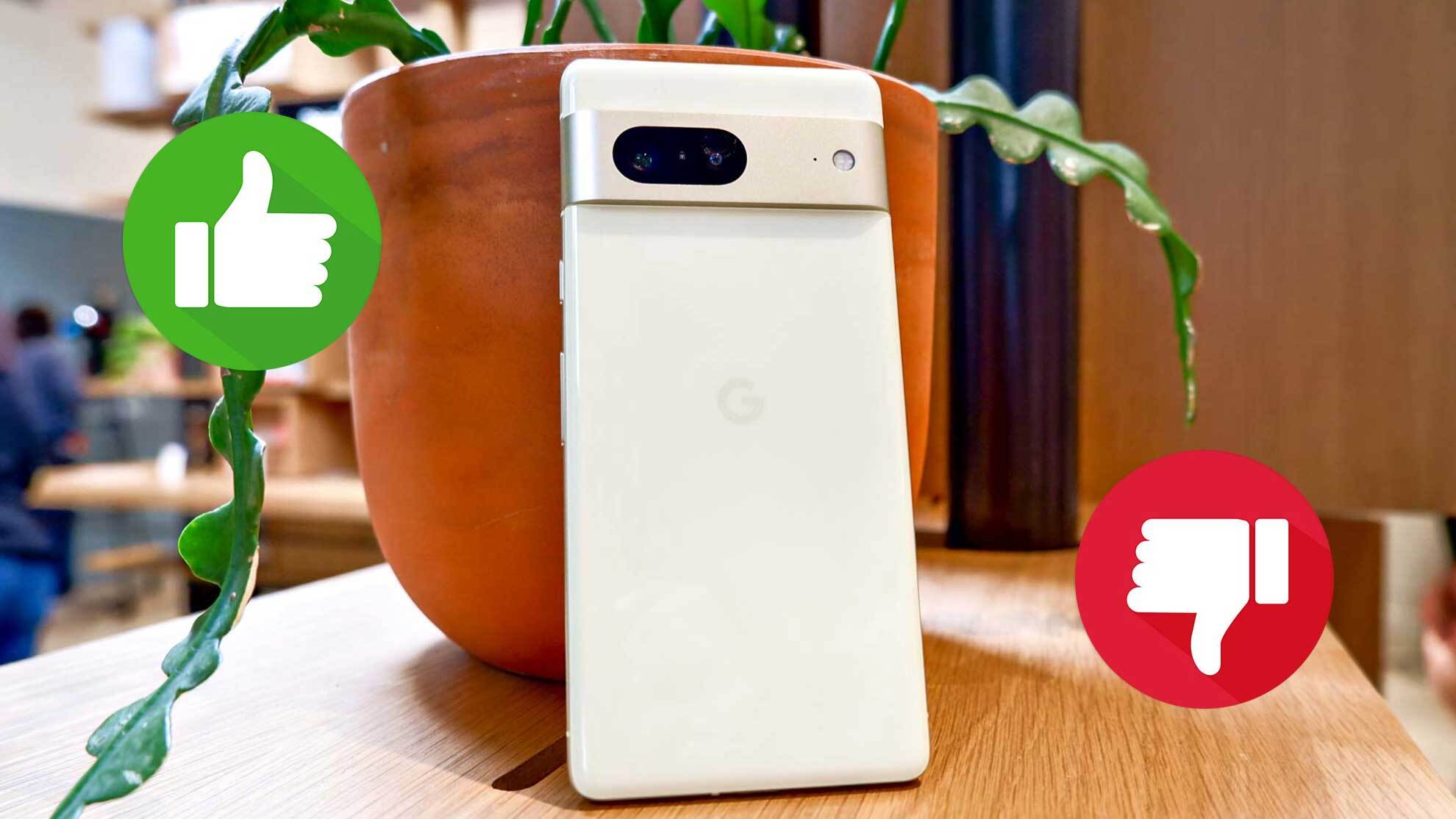
The Google Pixel 7 looks to continue to build on what Google started with last year's Pixel 6 release — take a phone with a different design than what's come out before and equip it with the kind of smarts that can only come from a Google-built system on chip. In the Pixel 7's case, that’s the new Tensor G2 chipset, which looks to deliver new photo-processing capabilities and other AI-inspired features that make the phone a pleasure to use.
Whether the Pixel 7 delivers on those goals will have to wait until we've had a chance to review the phone. (For now, our Pixel 7 and Pixel 7 Pro hands-on will have to tide you over.) With Pixel 7 preorders under way, though, you may have to make a decision now on whether this is the right phone to buy.
We've taken a look at the new phone's apparent strengths and weaknesses to help you make an early decision on whether to buy or skip the Pixel 7. Our review will have the final say, but at least this early look can help you figure out if the Pixel 7 deserves any consideration to be your next smartphone.
Reasons to buy the Pixel 7
Improved camera capabilities
You buy a Pixel phone from Google, you expect one of the best camera phones. We're going to have to test the Pixel 7 to confirm where it falls in our rankings, which will include head-to-head photo face-offs with devices like the iPhone 14. But on paper, we like what we see.
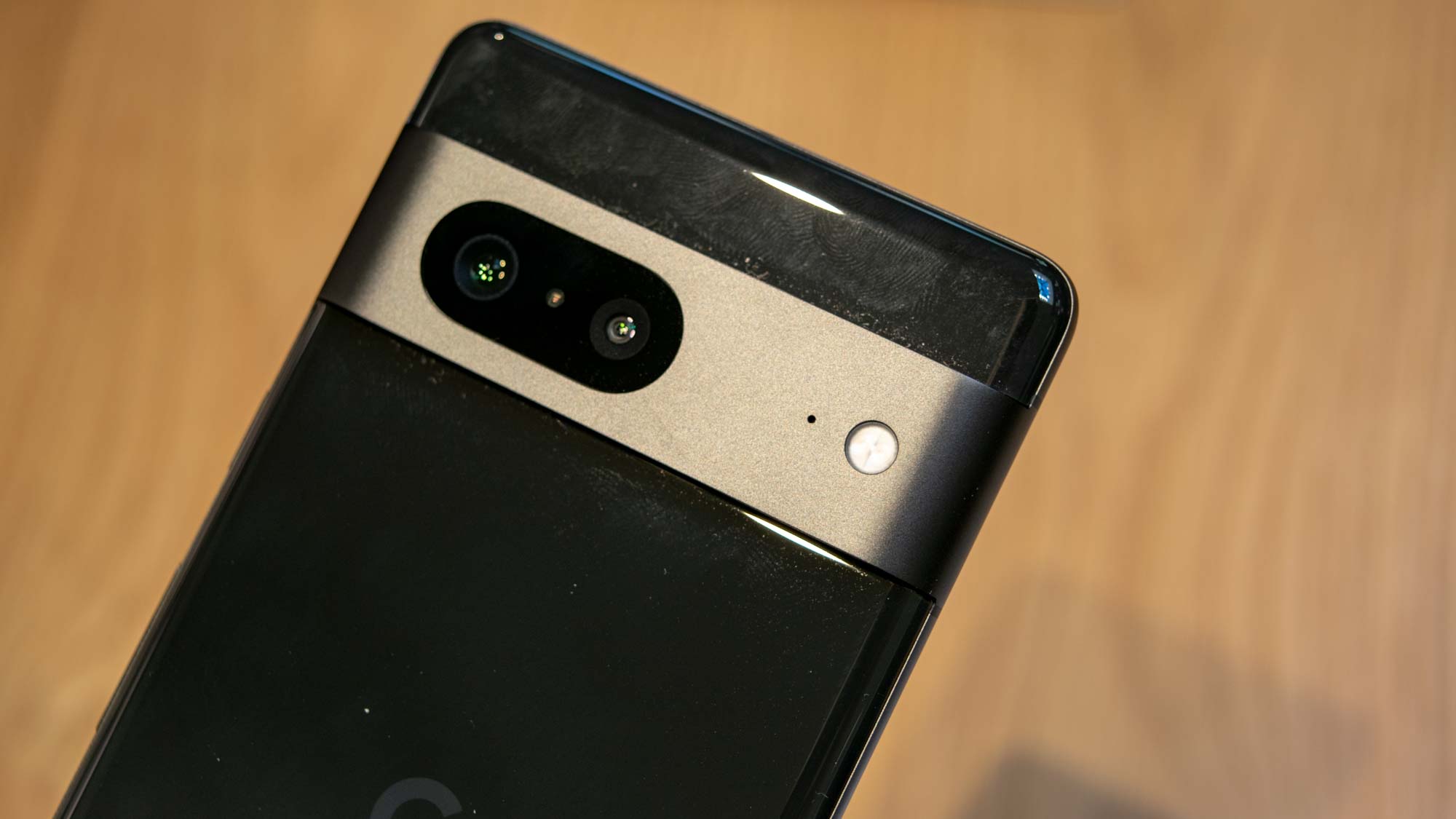
The camera setup is mostly the same as it was with the Pixel 6, featuring a 50MP main camera and 12MP ultrawide lens. But the ultrawide sensor is 25% bigger than it was before and now sports autofocus. Google also added a macro mode that lets you take photos of objects with the ultrawide lens from close-up. The front camera on the Pixel 7 is the same one on the Pixel 7 Pro, and it enjoys a wider field of view to get more details into your selfies.
Hardware is just a fraction of the Pixel 7's photo story. Computational photography once again figures to help Google's phones stand out from the crowd by improving the Super Res Zoom feature for digital zooms, speeding up Night Sight processing and tapping into the Tensor chip to sharpen faces with a Face Unblur feature. On the video side of things, Cinematic Blur adds a shallow dept of field to your videos for a stylistic background blur, and Active Stabilization figures to give the iPhone 14's terrific Action Mode feature a steady run for its money.
In short, this is a powerful camera phone whose feature set extends beyond just the front and rear lenses.
Get instant access to breaking news, the hottest reviews, great deals and helpful tips.
New Tensor G2 features
We mentioned the new Tensor chip and how it improves some of the Pixel 7's photo capabilities. But the Tensor G2 powering this new phone does more than that. As with the Pixel 6, Tensor is the engine driving the smart features that make the Pixel so unique among smartphones.
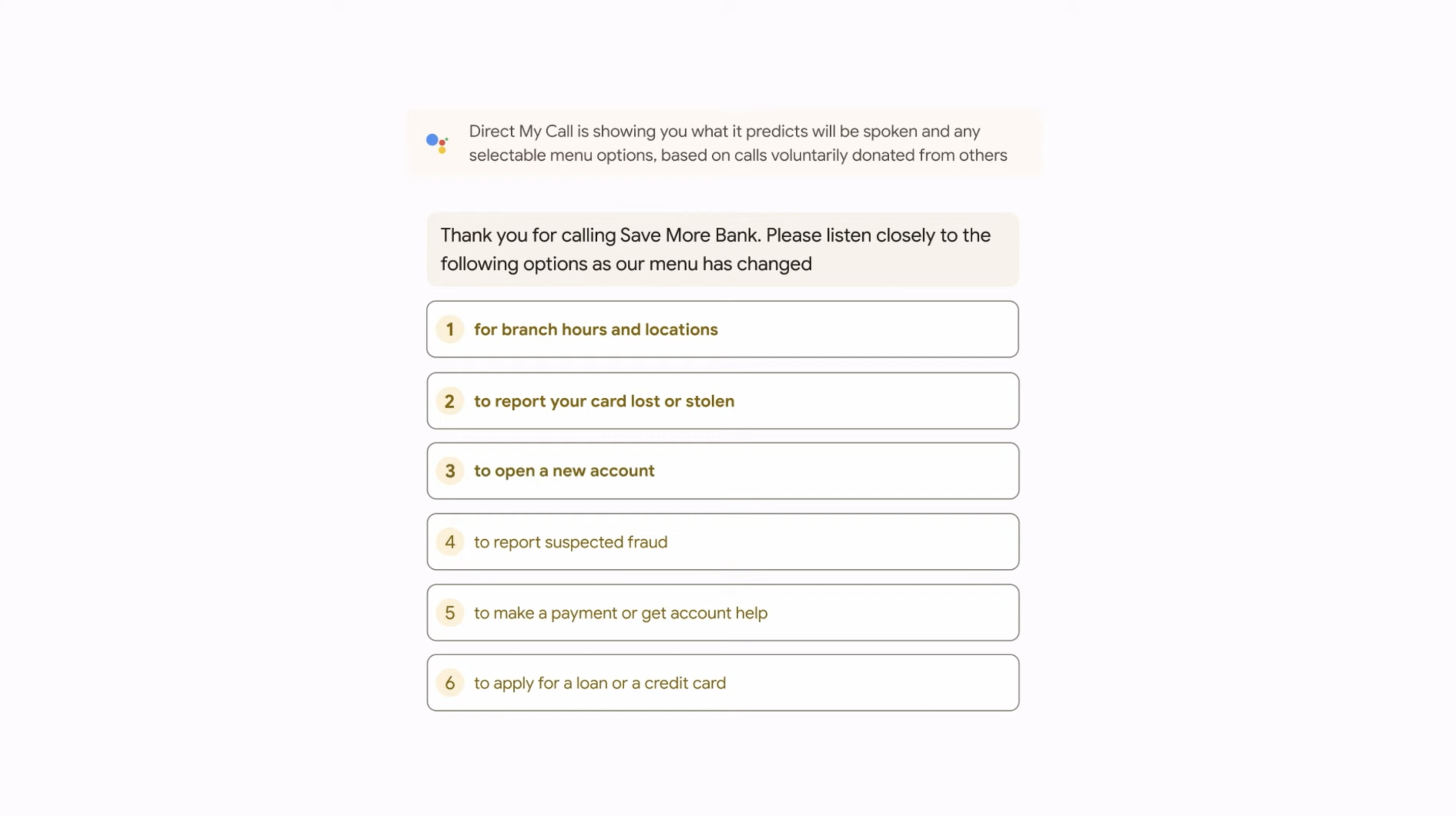
Remember Direct My Call from the Pixel 6, where you'd get an onscreen directory that helps you navigate the various phone menu options on calls? On the Pixel 7, that directory appears more quickly, getting you to right person faster than ever. In the Messages app, Tensor can transcribe audio messages, making them easier to read in noisy settings or in places where you'd just as soon not blast out the sound of your messages to an eavesdropping world. Audio Typing automatically suggests emojis now, and it supports more languages.
That's just a sample platter of what the Tensor G2 can do for you. The Pixel 6 already laid claim to putting the "smart" in "smartphone," and the Pixel 7 should take things even further.
Brighter display
In the year since the Pixel 6 came out, phone displays have gotten brighter. The Galaxy S22 boasts a peak brightness of 1,300 nits and we managed to register 1,152 nits when we tested the phone. The just-released iPhone 14 Plus can hit 1,100 nits. Clearly, the Pixel 6's 843-nit result from our tests is not going to cut it any more.

Google says that the 6.3-inch Pixel 7 panel is 25% brighter than its predecessors. That may not sound like much, but it should be a big enough boost to make the Pixel 7's screen quite visible in bright sunlight. Our testing will confirm for sure, but we like the fact that Google is acknowledging it needs to keep up with the best devices in its class.
More polished design
I was a very big fan of the Pixel 6's look, which helped that phone stand out from other Android phones. That horizontal camera bar isn't just distinctive, though — it also keeps your phone from wobbling when you set it down with the screen facing up. In a world of rear camera arrays that jut out, that also sets the Pixel lineup apart.
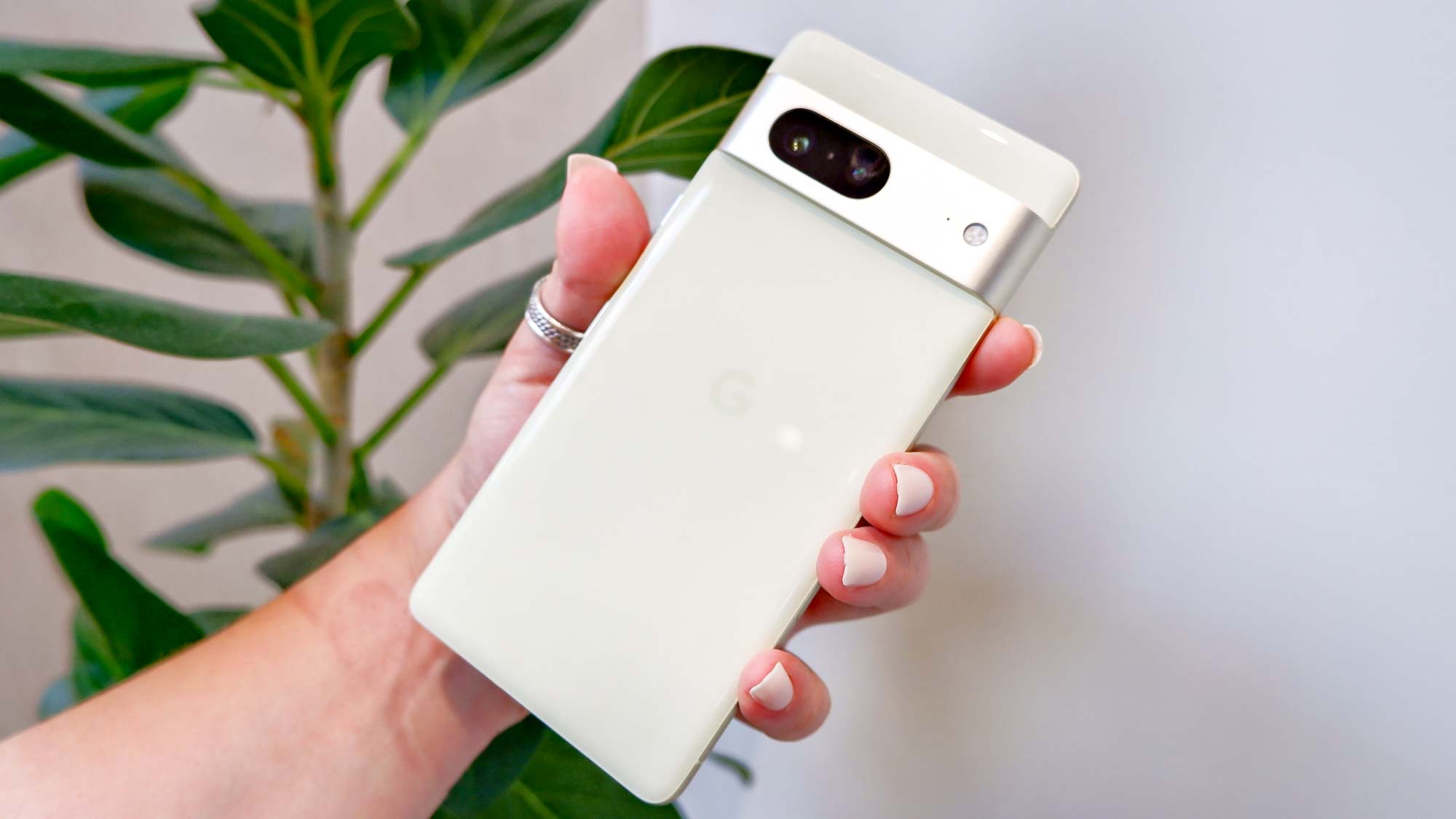
It's great that Google is retaining that look for the Pixel 7. It's even better that the look has been refined. Google uses aluminum for the camera bar in its new model, and that camera bar now has an attractive zirconia-blasted aluminum finish.
I wish Google would have kept the two-tone design where the bit of the phone's back above the camera bar took on a brighter hue, but overall, this is a good-looking phone, particularly if you turn to the lemongrass color option.
A cheap price
Despite all of the above improvements, Google held the line on pricing for the Pixel 7. It starts at $599, the same price that the Pixel 6 debuted at.
That remains a surprising price for a flagship phone — in a good way. Both Apple and Samsung charge you $799 to get one of their entry-level flagships. The OnePlus 10T is a more affordable $649, but it's a noticeable downgrade from the OnePlus 10 Pro, particularly when it comes to cameras. The Pixel 7 may not have the telephoto lens that the Pixel 7 Pro does, but in other key areas, it matches its more expensive sibling. (And the Pixel 7 Pro won't exactly bust your budget at $899.)
Put another way, you can buy the Pixel 7 and keep an extra $200 in your pocket compared to buying another flagship. That's a pretty compelling argument when all of us are watching every dollar we spend.
Reasons to skip the Pixel 7
Battery life concerns
There's no way to sugarcoat this: battery life on the Pixel 6 was subpar. Last year's Google flagship lasted 8 hours and 13 minutes on our battery test, in which we make phones surf the web over cellular until the battery dies. An average smartphone can last more than 1.5 hours longer.
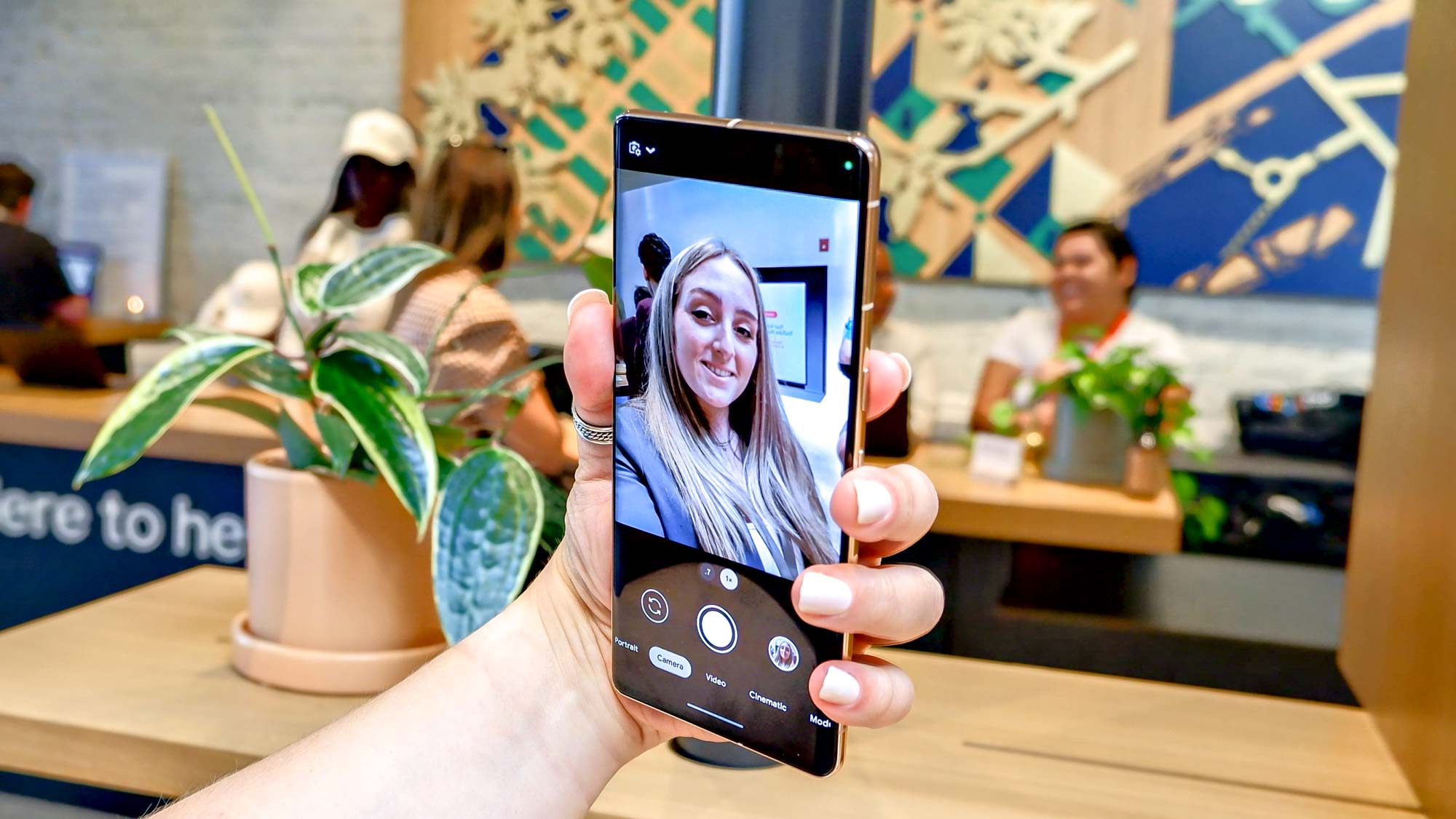
Google says the Pixel 7 offers all-day battery life, and an Extreme Battery Saver feature lets you eke out 72 hours of usage. Perhaps our testing will bear that out. But the fact that Pixel 7's battery is actually smaller than the one in the Pixel 6 concerns us, even if the new Tensor G2 chipset promises better power efficiency than before.
This is something to keep an eye on until Pixel 7 reviews — including ours — can shed more light on how long the new phone lasts on a charge.
Tensor G2 performance
Speaking of the Tensor G2, Google went into a great amount of detail about the different experiences the new silicon enables. But it was alarmingly quiet about what kind of performance gains to expect from the new chipset. True, the focus of Tensor isn't raw power but how the Tensor Processing Unit leverages machine learning to pack a lot of smarts into your Pixel. But you do want your smartphone to keep up with some of the other top performers out there.
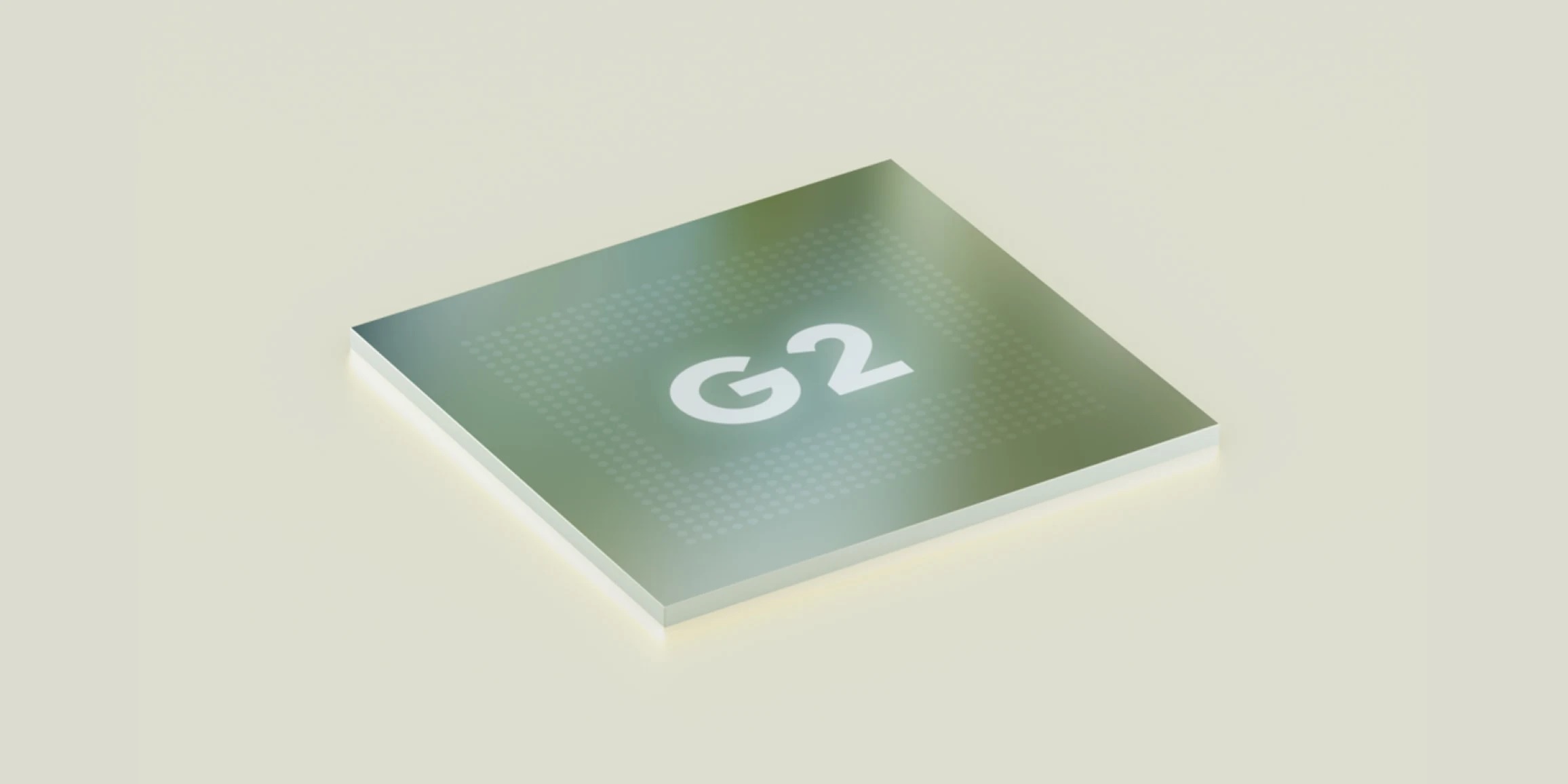
And let's face it, the Pixel 6 did not prove much of a match for Android phones powered by the latest Qualcomm silicon. In both Geekbench 5 and 3DMark Wild Life Unlimited tests — the former measures overall performance, the latter looks at graphic performance — the Pixel 6 trailed the Galaxy S22, which runs on a Snapdragon 8 Gen 1 chipset. In our real world video-encoding test, the Pixel 6 fared better, but it still took 2 seconds longer than the Galaxy S22 did.
Qualcomm has since come out with the Snapdragon 8 Plus Gen 1, which further widens the performance gap and the Snapdragon 8 Gen 2 should be powering phones by the start of 2023. Hopefully, our Pixel 7 testing will indicate that the Tensor G2 can hold its own against the latest and greatest Snapdragon silicon, which would make the Pixel 7 easier to recommend. We're a bit cautious for now, though.
Software support lags behind Samsung
Three years of software updates — the amount Google is promising for the Pixel 7 — used to be the standard for Android phones. But then Samsung started offering four years of Android updates for its flagship devices like the Galaxy S and Galaxy Z series along with some Galaxy A midrange phones as well. That makes three years seem kind of stingy, especially since the Android OS is Google's own creation.
Google already supplies lengthy support on the security side of things, with the Pixel 7 family guaranteed five years for security coverage. Surely, Google can tack on an extra year of software support to match Samsung. People are holding on to their phones longer these days, and phone makers need to adjust their software support policies to reflect that.
Google Pixel 7 outlook
If you want a flagship phone but hate paying top dollar to get it, the $599 price of the Pixel 7 may be too good to resist. The photo capabilities and Tensor-fueled smarts help set this phone apart, and the Pixel 7 adopts the Pixel 6's stellar looks in a winning way. Anyone who places a premium on photography should at least give the Pixel 7 a good, long look.
There are some questions that only testing will be able to answer — namely, whether the battery life is better than before and what kind of everyday performance the Pixel 7 delivers. If you share those concerns, you should press pause on any purchase at least until more test data becomes available.
Philip Michaels is a Managing Editor at Tom's Guide. He's been covering personal technology since 1999 and was in the building when Steve Jobs showed off the iPhone for the first time. He's been evaluating smartphones since that first iPhone debuted in 2007, and he's been following phone carriers and smartphone plans since 2015. He has strong opinions about Apple, the Oakland Athletics, old movies and proper butchery techniques. Follow him at @PhilipMichaels.

